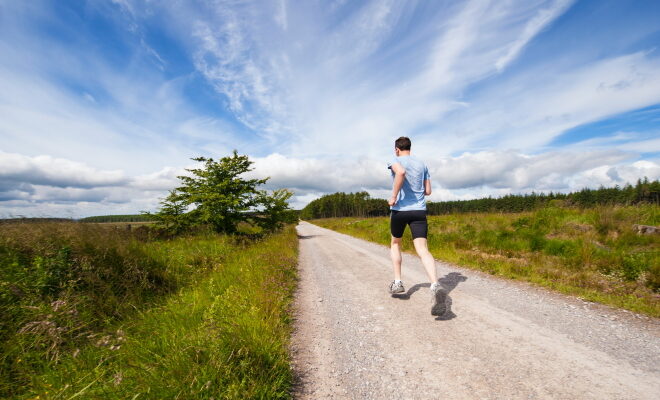
Health x Wellness
Potential Running Injuries And How You Can Avoid Them?
If you are exercising, you should be mentally ready for injuries that might debilitate your condition.
One can do exercises and do sports without injuries. However, even the most well-trained people acquire injuries. That’s usually okay with them because they know it has become a part of their workout life. However, there are certain techniques and practices you can adopt to minimise the chances of getting injured.
Maybe it is the right shoe or even a better way of doing the same exercise that has caused the injury. Whatever it may be, one thing is for sure if you make little changes to your workout, you can save yourself from multiple injuries.
Before running, make sure you have prepared yourself for a great experience. Proper preparation can help enhance your workout and greatly reduce your chances of getting injured. Make sure your body is ready, and you have the right pair of running shoes.
Here are some common potential running injuries to try and avoid.
Achilles Tendinitis
The largest tendon in our body. It connects the muscles in the lower legs to the bone present in the heel of the foot. We use this tendon when running or walking. Since this tendon has a vital role in the movement of our lower limbs and performs multiple functions, it is easily prone to injury, as well.
One can often inflame this tendon with overuse, or even tear it because of twisting the foot. You can avoid this injury with proper rest. If you are new to running and your muscles and tendons are new to your schedule, it is best if you warm up first. It will allow your body to get in the ‘mode’. Stretch your body for a while before starting with a strenuous run.
Plus, an excellent running shoe can aid in reducing injuries. You need to get a shoe that is designed with extra cushioning, and put little pressure on your Achilles tendon. You will prevent overusing your tendon this way.
Plantar Fasciitis
Another foot pathology that develops when you do not allow yourself to rest enough before your next run. The plantar fascia is a thick covering at the base of the foot that becomes inflamed with continuous exercise or because of a bad shoe. The causes should give you an idea about what you need to do to avoid this from happening.
First, you need to take proper rest in between your exercises. Secondly, choose a shoe that keeps your foot comfortable. In case you have already developed this problem, select a shoe that has a thick sole with extra cushioning to keep your fascia from doing more work. A thick sole would also absorb most of the shocks while running, keeping your feet secured from injuries.
Blisters
Most of us have had blisters sometime in our lives before. It becomes extremely painful and annoying to resume running with blisters. Once the skin comes off, it is the worst kind of running injury one can acquire.
Like most people, you can also avoid blisters by taping the pressure points. The most common pressure points where you shoe rubs against your skin are the toes. You can tape your toes to prevent this. You may also wear special socks that prevent blisters. Plus, make sure your shoe is the right fit, and it is not too tight when you run.
Lower Back Ache
Running itself does not cause lower back pains. However, it may aggravate the condition if someone was already suffering from a bad lower backache. Most backaches are because of a sedentary lifestyle, where one may keep sitting all day long. In such cases, if you consider stretching your back before you proceed to run, that will be of great help.
Along with focusing on running, you must also focus on strengthening your core and back muscles, so these muscles can help uplift your running experience.
Pulled Hamstrings
Hamstrings are the group of muscles present at the back of our thighs. They help in forwarding propulsions and make long strides. However, if you have not trained your hamstrings enough, then one long stride can pull your hamstrings and cause you pain.
It makes it necessary for you to make your hamstrings stronger so, that you do not injure yourself when running. It is because once you start running without preparing your hamstrings, your muscles may not be able to keep up with your increased activity. Therefore, before you decide to run, especially if you are a beginner, stretching your hamstrings, and training them for longer strides can help you with better running.
Article attributed to Sarah Walker, Founder of shoescentric.com. She is a fitness expert who blogs about fitness, positivity, and mental health. She share pearls of wisdom in order to help individuals live a meaningful and progressive life. Her aim is to assist people in aligning their lives according to their goals and objectives.
Image: Photo by Jenny Hill on Unsplash






